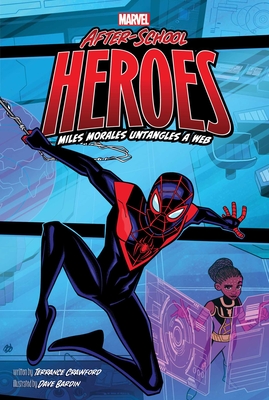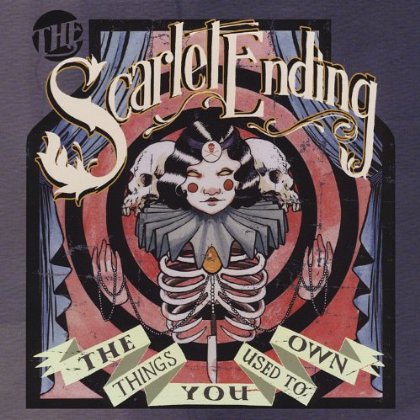
description
ation routes between the Greater and Lesser Antilles and the civilizations of the Americas. Alexander von Humboldt referred to it as the Mediterranean of the New World. It also served as the first point of entry for Europeans exploring the region. Landing in the Bahamas on October 12, 1492, Columbus claimed these lands for Spain. The Caribbean archipelago became the epicenter of Spanish power. But it was also the point of origin of smallpox and other maladies that decimated Indigenous communities across the islands, precipitating the myth that no Indigenous cultures survived the European arrival. The papers presented in this symposium volume provide new ways of understanding the circulation of ideas and materials among communities bordering the Caribbean Sea prior to the arrival of Europeans and suggest their lasting legacies. Drawing on archaeological evidence, colonial documents, and other sources, Erin Stone, William Keegan, and Lawrence Waldron bring attention to underexplored regions and links between communities. Reniel Rodriguez Ramos and Thomas A. Wake explore the connections between societies, closely considering the trade of objects as a vehicle of interaction.
Looking to the future of archaeology, both Emma Slayton and Heather McKillop assess the applications of technology to augment archaeology regarding exchange patterns and transportation along waterways. Alexander Geurds and Rosemary Joyce consider the theoretical approaches to Caribbean archaeology and call for future research to reexamine how the Caribbean world is perceived. This volume was edited by Victoria I. Lyall, the Frederick and Jan Mayer Curator of Art of the Ancient Americas at the Denver Art Museum. Individual Essay Synopses
Erin Stone reconstructs the relationship between the Greater and Lesser Antilles prior to and just after contact in relation to the Spanish justifications for Indigenous slavery in this region.
William Keegan provides a new perspective on the Lucayan society on the Bahama archipelago, a unique cultural expression that has been largely neglected by Caribbean archaeology.
Reniel Rodriguez Ramos closely examines the complex connections between societies throughout the Caribbean, using quotidian items as a vehicle of interaction. Lawrence Waldron considers the motivations of the cultural persistence and longevity of certain regional traditions and motifs of the Saladoid and the Taíno, who are separated by two millennia. Thomas A. Wake reviews archaeological evidence of trade and exchange between the Pacific coast of Costa Rica and Panama and the far reaches of the Yucatan Peninsula of Mexico.
Looking to the future of archaeology, both Emma Slayton and Heather McKillop assess the applications of technology to augment archaeology regarding exchange patterns and transportation along waterways. Alexander Geurds and Rosemary Joyce consider the theoretical approaches to Caribbean archaeology and call for future research to reexamine how the Caribbean world is perceived. This volume was edited by Victoria I. Lyall, the Frederick and Jan Mayer Curator of Art of the Ancient Americas at the Denver Art Museum. Individual Essay Synopses
Erin Stone reconstructs the relationship between the Greater and Lesser Antilles prior to and just after contact in relation to the Spanish justifications for Indigenous slavery in this region.
William Keegan provides a new perspective on the Lucayan society on the Bahama archipelago, a unique cultural expression that has been largely neglected by Caribbean archaeology.
Reniel Rodriguez Ramos closely examines the complex connections between societies throughout the Caribbean, using quotidian items as a vehicle of interaction. Lawrence Waldron considers the motivations of the cultural persistence and longevity of certain regional traditions and motifs of the Saladoid and the Taíno, who are separated by two millennia. Thomas A. Wake reviews archaeological evidence of trade and exchange between the Pacific coast of Costa Rica and Panama and the far reaches of the Yucatan Peninsula of Mexico.
member goods
No member items were found under this heading.
Return Policy
All sales are final
Shipping
No special shipping considerations available.
Shipping fees determined at checkout.







